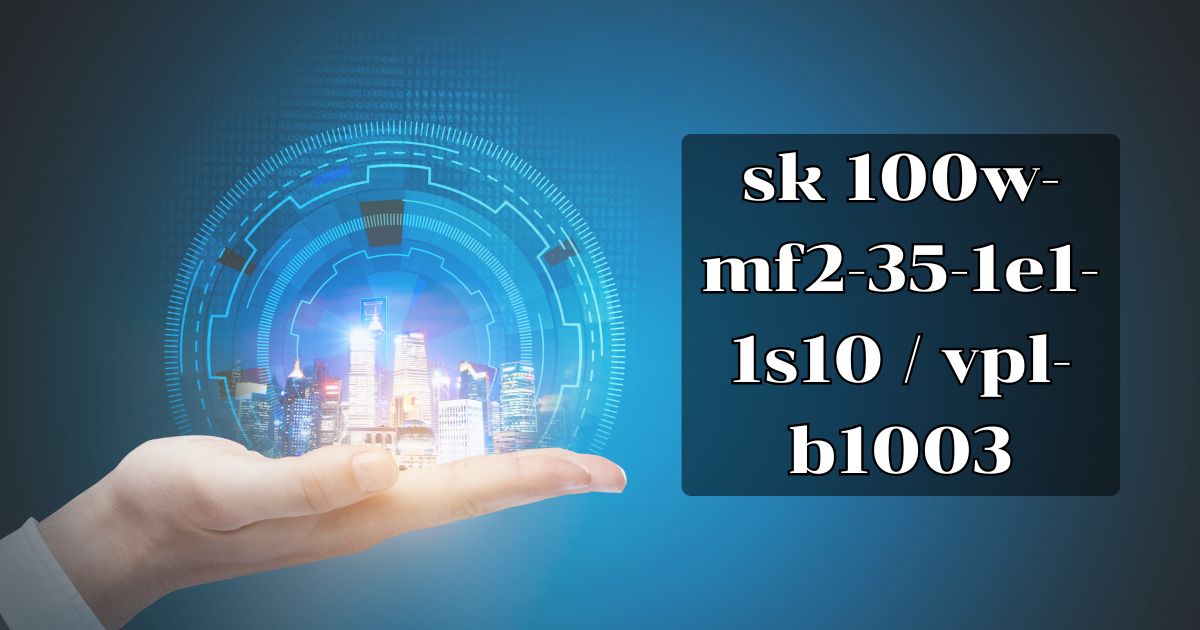In the digital world, codes and identifiers serve crucial roles for products, services, and projects. One such code, PCG 913-578-9124, has recently garnered attention from technology enthusiasts and business professionals. At first glance, it may seem like a standard model number or serial code. However, a deeper investigation reveals its significance across various industries. Understanding what PCG 913-578-9124 represents can offer insights into its applications in technology and business. This knowledge sheds light on how identifiers facilitate operations, project tracking, and product categorization.
Organizations strive to streamline their processes. Understanding identifiers like PCG 913-578-9124 becomes essential in this quest. This article delves into its origins, potential applications, and future implications, aiming to unravel the mystery behind this intriguing code.
The Mystery Behind the Code
At first glance, PCG 913-578-9124 could be mistaken for a conventional phone number. However, it is more complex than that. The acronym PCG can stand for several things, such as “Personal Computer Gear” or “Project Code Group.” This depends on the context in which it is used. Such acronyms are common in technology and business environments, acting as shorthand for specific functions or classifications.
The number sequence adds a layer of uniqueness, possibly identifying a specific model, part, or project. Many companies utilize similar coding systems to maintain order and facilitate communication about their products and services. While PCG 913-578-9124 may not be widely recognized, its components suggest a deeper significance tied to technological or organizational frameworks.
Historical Background of PCG Codes
The history of PCG codes stretches back to the early days of computing and electronics. Initially, manufacturers like Sony used these codes for their Vaio product line. These codes provided a method for categorizing laptops and accessories. For example, Sony’s laptops often featured codes starting with PCG, followed by a series of numbers. This system helped streamline inventory management and customer service by allowing quick identification of products.
As businesses adopted more sophisticated inventory systems, the use of such codes evolved. Today, PCG 913-578-9124 could reflect modern practices where organizations integrate identifiers into their operations. This historical context emphasizes the importance of understanding such codes. They not only indicate specific products but also connect to broader classification and organization systems.
Potential Applications in Technology
The potential applications of PCG 913-578-9124 in technology are vast. It may serve as a model number or serial identifier for various electronic devices. For instance, it could be linked to a specific model of a laptop, desktop accessory, or even software. Understanding the code can help consumers and technicians identify compatible parts. This can lead to more efficient repairs and upgrades.
Moreover, PCG codes play a crucial role in technical documentation, software registrations, and warranty claims. When consumers purchase a product, the associated PCG code may guide them through setup processes, software installations, or customer support interactions. As technology advances, the significance of such identifiers will likely grow. They will facilitate smoother interactions between consumers and manufacturers.
Business Use Cases for PCG 913-578-9124
Beyond technology, PCG 913-578-9124 has the potential to influence business operations significantly. In many corporate settings, identifiers like this code are used for project management, inventory tracking, and service classification. Companies may assign a PCG code to specific projects or tasks. This enables teams to track progress, resources, and outcomes efficiently.
This approach fosters accountability and transparency within organizations. Each project can be easily monitored using its unique identifier. Additionally, businesses can streamline operations by categorizing services or products under various PCG codes. This facilitates quicker decision-making and strategic planning. By incorporating identifiers like PCG 913-578-9124 into their frameworks, organizations can enhance operational efficiency and drive innovation.
Also Read: Valio Niketon
Global Associations of PCG 913-578-9124
The relevance of PCG 913-578-9124 transcends borders, as such codes are utilized worldwide across various industries. In North America, businesses often adopt similar coding systems for their product lines and project management strategies. This practice aids in standardization and improves communication within organizations and with consumers.
In Europe, PCG codes may find applications in diverse sectors, including construction, IT, and manufacturing. The utility of the code emphasizes its adaptability and relevance across different markets. Meanwhile, in the Asia-Pacific region, the growing technological landscape may leverage identifiers like PCG 913-578-9124 to facilitate trade and service management.
As global markets evolve, the significance of PCG codes in facilitating international business operations will likely increase. Understanding how such identifiers function across regions can help organizations leverage them effectively. This can expand their reach and improve operational capabilities.
How to Identify PCG 913-578-9124 in Products or Services
Identifying PCG 913-578-9124 in products or services can be straightforward with the right approach. One primary method is to examine product labels, user manuals, or official documentation. Manufacturers often list the PCG code alongside other identifying information. This allows consumers to gain insight into the specific model or version of the product.
Additionally, online databases can provide useful resources for tracing such identifiers. Websites like the UPC Item Database or FCC ID Search help users locate relevant information about products linked to PCG codes. If the code is tied to a specific manufacturer, reaching out to customer support may also yield valuable details about its meaning and applications.
By employing these strategies, individuals can effectively uncover the significance of this number. This enhances their understanding of the associated product or service.
Security and Privacy Implications of PCG 913-578-9124
As with many identifiers, PCG 913-578-9124 raises important questions about security and privacy. In an age where data breaches and cyber threats are common, understanding how codes like this are used can help mitigate potential risks. If such identifiers are associated with sensitive information or secure systems, unauthorized access could lead to serious security breaches.
Moreover, consumers should be aware of their digital footprint when using products tied to identifiers like PCG 913-578-9124. Each interaction with a device or service may contribute to a broader profile that companies maintain for marketing and analytical purposes. Therefore, it is crucial for users to consider the implications of using products tied to such codes, especially regarding personal data and privacy.
Organizations must prioritize securing their coding systems to prevent unauthorized access. Implementing robust security measures to protect sensitive information linked to identifiers like PCG 913-578-9124 will safeguard their assets and build trust with consumers.
Future Prospects for PCG 913-578-9124
Looking ahead, the future prospects appear promising as industries continue to evolve and innovate. As emerging technologies such as artificial intelligence, Internet of Things (IoT), and blockchain gain traction, the significance of coding systems will likely expand. Identifiers may play a critical role in integrating these technologies into everyday applications.
For instance, in the realm of IoT, PCG codes could facilitate seamless communication between devices. This would enable them to identify and interact with one another efficiently. Similarly, as blockchain technology advances, unique identifiers may enhance the traceability and security of transactions. This will offer new avenues for business operations.
Furthermore, as global markets continue to integrate, the relevance of such identifiers will become increasingly apparent. Organizations that adapt and innovate in their use of PCG codes will position themselves advantageously in a competitive landscape. This will enhance operational efficiency and drive growth.
Conclusion
In conclusion, PCG 913-578-9124 serves as a fascinating example of how identifiers can unlock hidden functionalities in both technology and business. From its historical roots to potential applications and future prospects, this code embodies the intricate relationship between products, services, and their classifications.
As organizations and consumers seek to streamline their operations and improve efficiency, understanding the significance of codes like PCG 913-578-9124 will become increasingly important. By unraveling the mystery behind such identifiers, we can uncover new opportunities for innovation and collaboration across industries.
Ultimately, as technology continues to advance and global markets evolve, the relevance of PCG codes will remain steadfast. This will pave the way for more streamlined processes, enhanced communication, and improved operational efficiencies.










